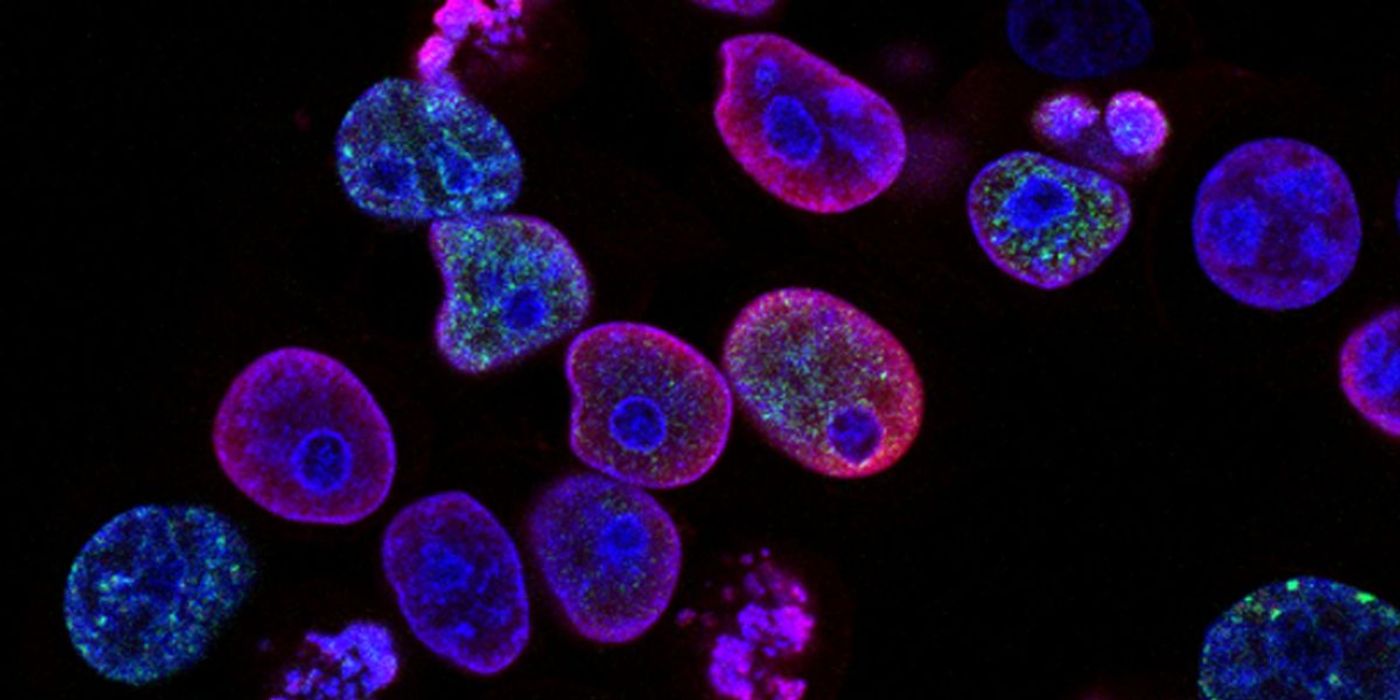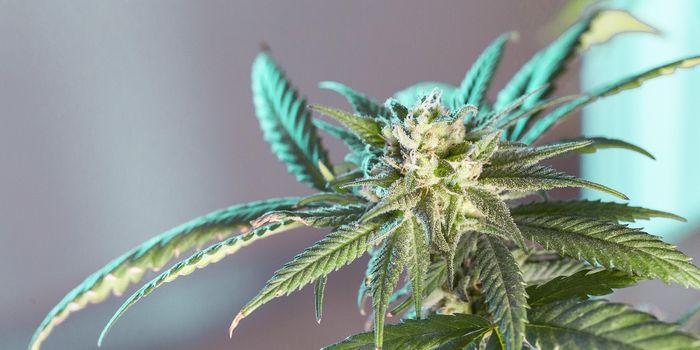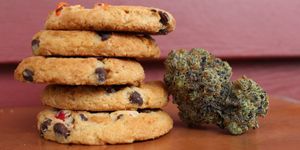Trial Drug Successfully Blocks COVID-19 from Entering Cells
An international team led by Canadian University of British Columbia researcher Dr. Josef Penninger has seen promising results from a trial drug capable of blocking the cellular doors typically exploited by COVID-19 to infect multiple human organs.
In earlier work, Penninger and colleagues form the University of Vienna and the University of Toronto identified ACE2, an enzyme that attaches to the outer surfaces of cells in the lungs, arteries, heart, kidney and intestines, as a key receptor for SARS, considered as a global viral respiratory threat back in 2003. As the previous form of SARS is closely related to the present COVID-19 (SARS-CoV-2), the researchers suspected that a similar mechanism may be at play for COVID-19 too.
To test this, they infected engineered replicas of human blood vessels and kidneys, organoids grown from human stem cells, with COVID-19. Seeing that the virus was able to directly affect and duplicate itself in these tissues, they then used a drug, known as APN01 (human recombinant soluble angiotensin-converting enzyme 2- hrsACE2) to tackle its spread. Ultimately, the researchers found that the drug managed to inhibit the COVID-19’s viral load in these tissues by a factor of 1,000- 5,000.
Showing both how the virus may lead to multiple organ failure and how a potential new treatment option may work, Nuria Monserrat, one of the study’s authors said, “Using organoids allows us to test in a very agile way treatments that are already being used for other diseases, or that are close to being validated. In these moments in which time is short, human organoids save the time that we would spend to test a new drug in the human setting.”
Soon to enter clinical trials by the European biotechnology firm Apeiron Biologics, Penninger said, “Our previous work has helped to rapidly identify ACE2 as the entry gate for SARS-CoV-2, which explains a lot about the disease. Now we know that a soluble form of ACE2 that catches the virus away, could be indeed a very rational therapy that specifically targets the gate the virus must take to infect us. There is hope for this horrible pandemic."
Sources: Science Daily, News Hub









